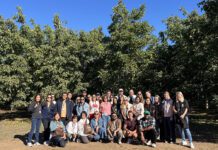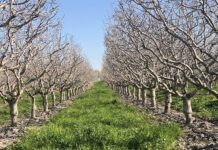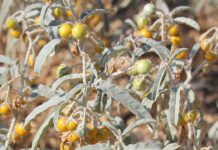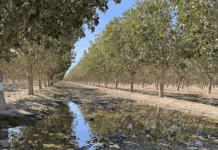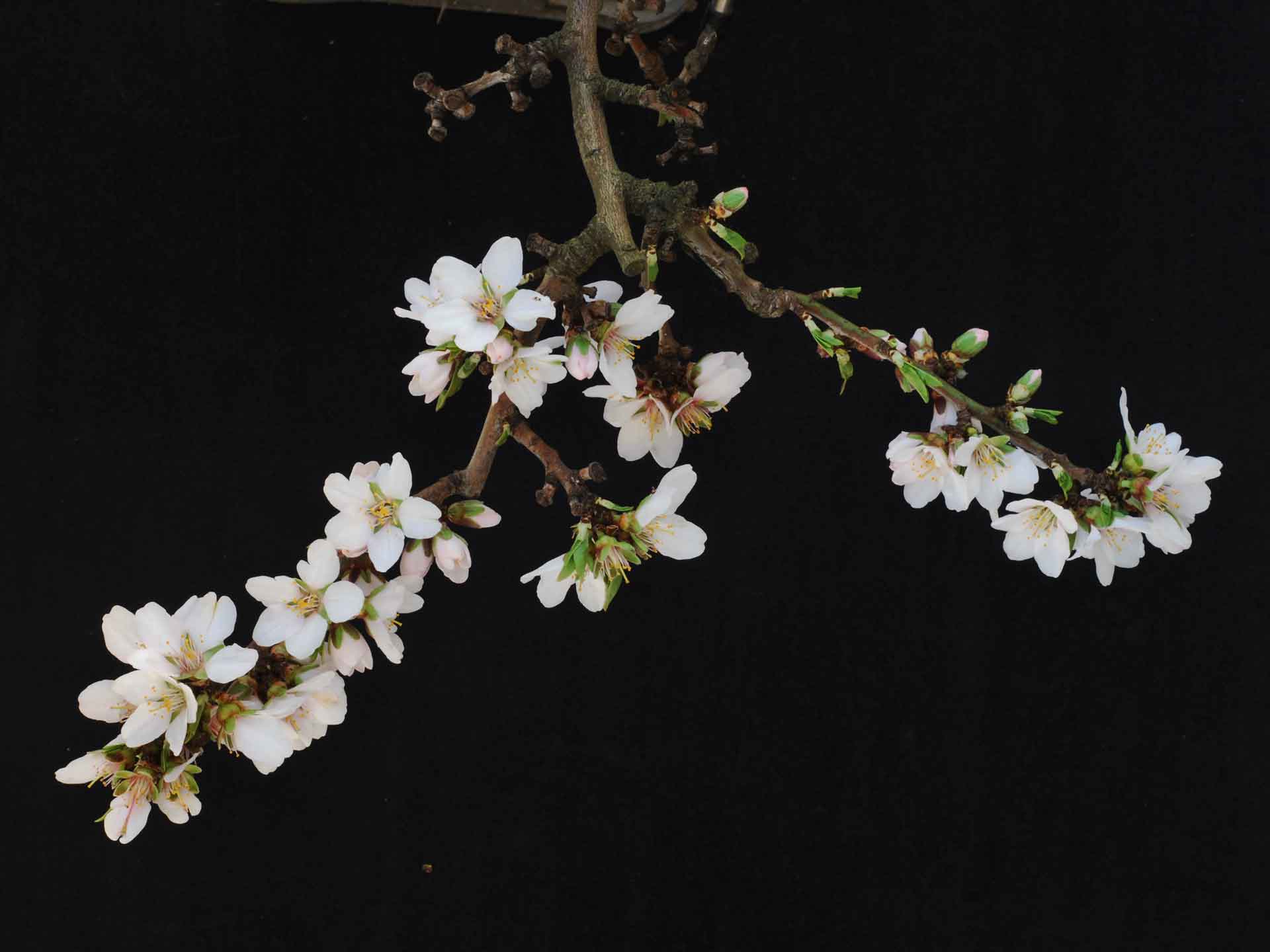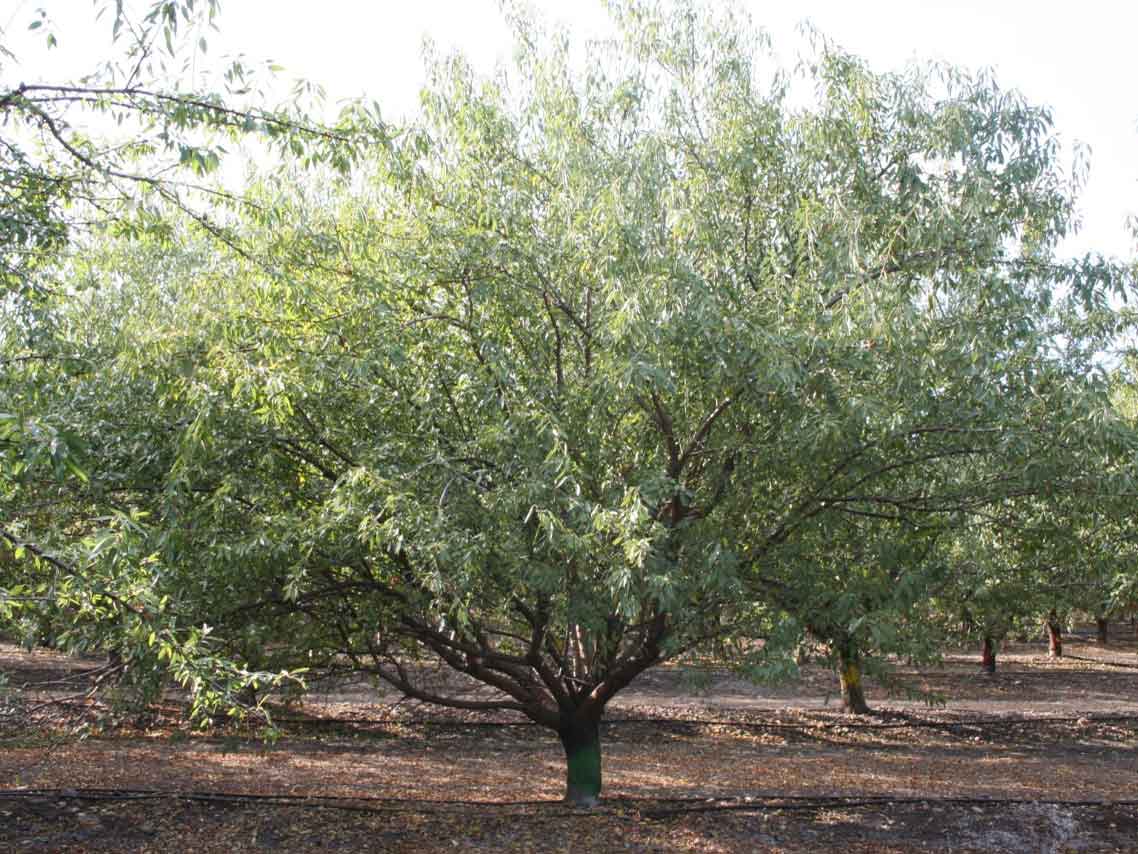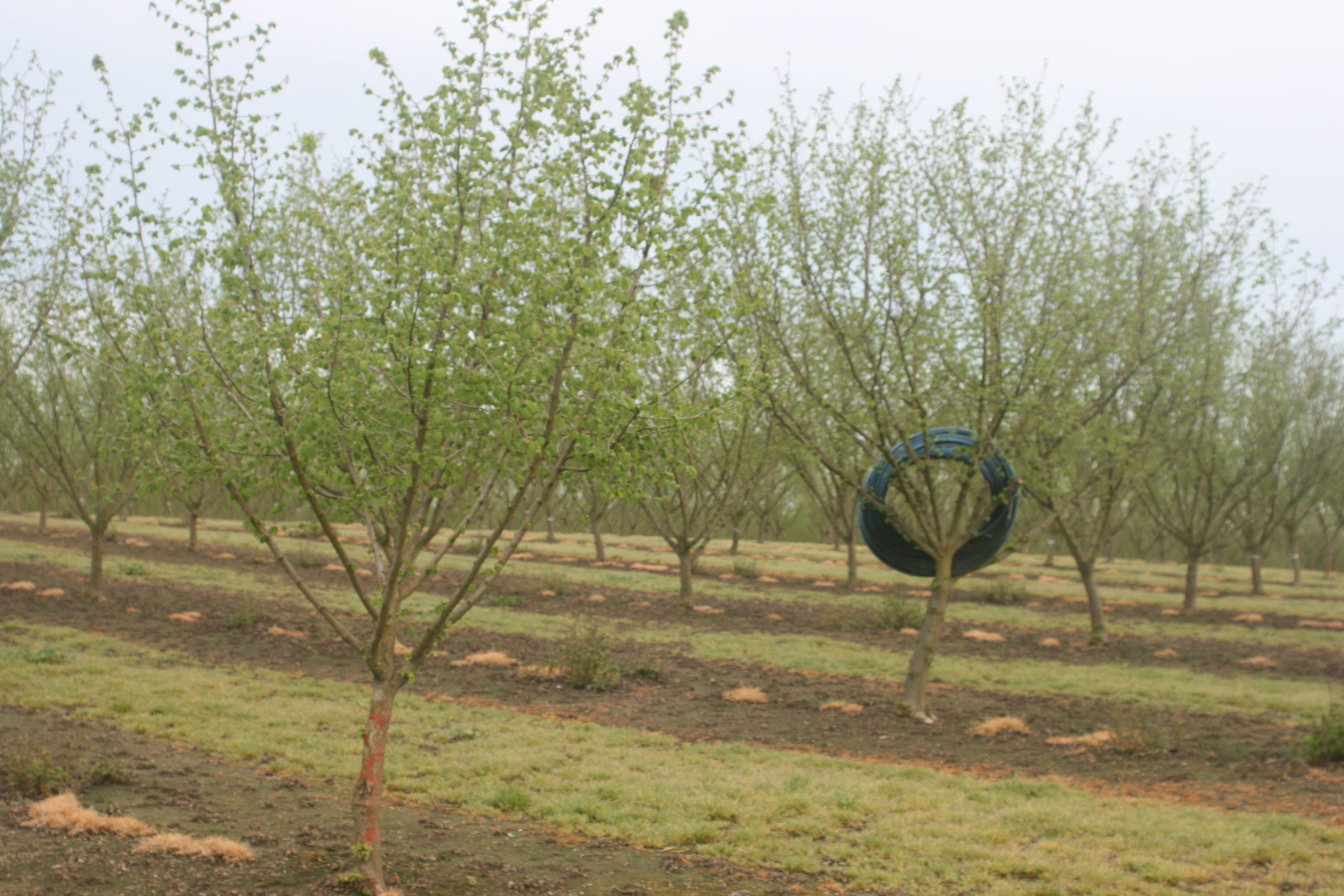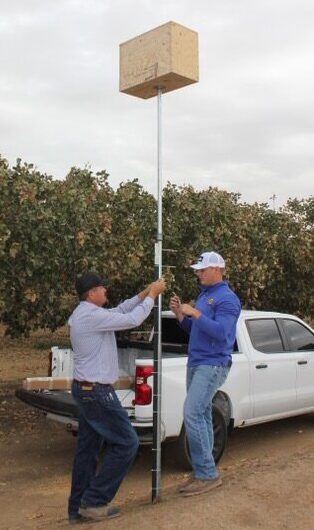
Pistachio orchards in need of a biological control tool for destructive rodents and FFA students looking for useful projects came together last summer to form a partnership aimed at improving orchard sustainability and student success.
Orchard managers for Setton Pistachio Inc. of Terra Bella were seeking alternative methods to control rodent and squirrel populations in their organic blocks of pistachios and citrus. Barn owls, proven effective predators of rodents, were a promising option. The need to provide a safe habitat for owls in the orchards led to the collaboration with Tulare High School agriculture mechanics students, who built 50 barn owl nesting boxes for Setton.
Jeff Gibbons, senior director of grower services at Setton, said the partnership with the agriculture mechanics students at Tulare FFA reinforces the company’s commitment to sustainable farming practices while supporting youth agriculture endeavors. Jared Castle, chair of the Tulare Agriculture Department, said this opportunity to provide an important component to Setton’s sustainability program also inspires the 450 agricultural mechanics students enrolled in the program to seek out useful projects in the community.
Castle’s Ag Mechanics 1 classes built the owl boxes as their woodworking unit project. Approximately 200 first-year mechanics students worked in small groups to build 75 boxes in 14 class periods. The project was chosen to teach the students how to use the woodworking power tools and introduce the manufacturing process. All the students were graded using a rubric that rated the accuracy and quality of each box as well as their ability to collaborate and troubleshoot challenges when constructing each box.
The plans used were developed by Steve Simmons of Merced, who has done extensive research on barn owl habitation. His barn owl box plan was developed after studying and monitoring owl behavior.
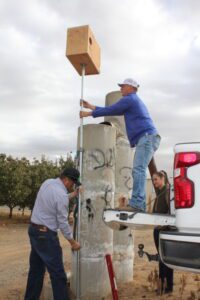
Box Design Important
Simmons’ box design creates a functional shelter that protects owls and their owlets from predation from other raptors while providing a hunting vantage point that is beneficial to growers and ranchers. In the few months between hatching a fledgling, a clutch of six owlets can consume an average of 70 lbs. of rodents.
Now that a market for Tulare Ag Mechanics owl boxes has been established, Castle said the plan is to create an enterprise project where the students are building the boxes on their own time and selling directly to growers and ranchers.
This fall, 50 owl boxes made by the students are being placed in 3,075 acres of Setton’s organic pistachio blocks and 600 acres of citrus to foster populations of barn owls, the species most commonly found in the area. Pistachio growers who supply Setton are being encouraged to install owl boxes in their own orchards for rodent control.
Fostering owl populations in organic pistachio products is important as organic production restricts use of most rodenticides. Trapping is another option but is labor intensive, and timing is critical. Resident barn owls have the potential to minimize the financial costs associated with conventional rodent control and to maximize the environmental benefits by keeping rodents under control without use of poisons that may affect non-target species.
The owl boxes are designed to encourage owls to remain in the orchard and actively seek out food sources – which are likely to be rodents. This biological control method for vertebrate pests in orchards involves creating conditions that attract natural enemies of pest species. The key to inviting owl species to nest and remain in orchards is providing sufficient and suitable nesting sites as well as food sources. According to UCCE Farm Advisor Rachael Long, barn owls are cavity nesters, meaning they seek out small crevices or holes to nest in. The boxes provide that suitable habitat. Properly maintained, the owl boxes can be used in orchards for years.
Barn owls, the species most commonly found in agriculture settings, are native to California. Pocket gophers and California voles are among their primary prey.
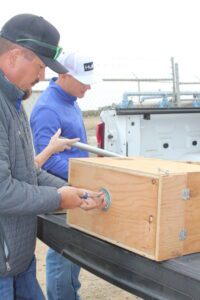
Gopher Numbers Decrease
According to a study done by Lodi Winegrape Commission, UCCE Farm Advisor Chuck Ingels and Barn Owl
Research Specialist Mark Browning and Kris Beal of Central Coast Vineyard Team, a nesting barn owl pair and their young may kill and eat more than 1,200 rodents in a year. There were reports from growers who observed decreases in pocket gopher numbers after the installation of nesting boxes to the extent that numbers of gophers were balanced with owl depredation. Primary rodents that owls can control are pocket gophers, California voles, Deer mice, house mice, brown rats and roof rats. The average hunting range of an owl is 0.5 miles from the nest when food is abundant.
The student-made wooden owl boxes are designed for this purpose. They are mounted on metal poles about 8 to 12 feet off the ground to prevent any disturbance from dogs or coyotes. It is recommended the opening of the box faces northeast.
The boxes should be installed in an area with low human activity. To reduce predation by great horned owls, nest boxes should not be located near riparian areas. An ideal location would be near a large tree to provide refuge for fledgling owls after leaving the nest. Boxes should be spaced no less than 50 feet apart at a rate of one box per 20 acres.
Growers should avoid disturbing boxes during the egg laying season of February to September. Bedding should be replaced and debris removed from the boxes between October and December. Unwanted inhabitants, including wasp nests, should be removed at this time.
The boxes can be installed in orchards at any time but December, which is when owls begin to select nest sites. Bedding of wood chips or mulch is advised to protect eggs during incubation. Straw or sawdust is not recommended as bedding as it retains moisture. Barn owls do not migrate and will return to nest boxes previously used to raise their next young.
Gibbons said the boxes will be monitored for owl activity and signs that this biological control method
is working.

Cecilia Parsons | Associate Editor
Cecilia Parsons has lived in the Central Valley community of Ducor since 1976, covering agriculture for numerous agricultural publications over the years. She has found and nurtured many wonderful and helpful contacts in the ag community, including the UCCE advisors, allowing for news coverage that focuses on the basics of food production.
She is always on the search for new ag topics that can help growers and processors in the San Joaquin Valley improve their bottom line.
In her free time, Cecilia rides her horse, Holly in ranch versatility shows and raises registered Shetland sheep which she exhibits at county and state fairs during the summer.






